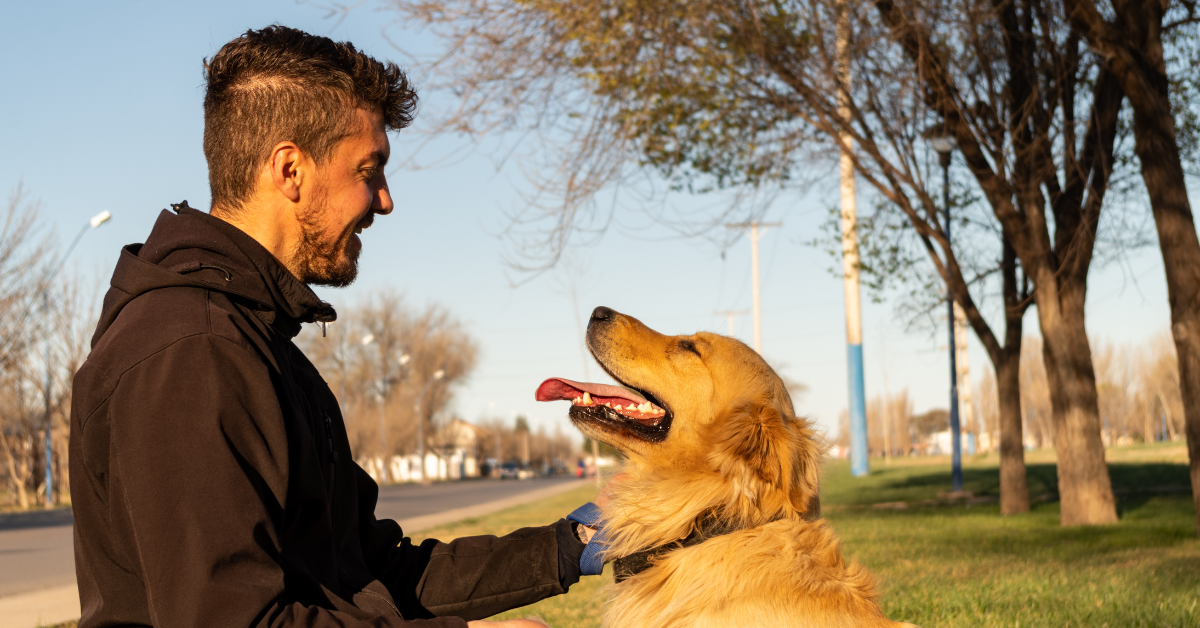ID Tags, Microchips And Tattoos. What Is The Best Pet Identification For You and Your Pet?
A missing pet is one of the most anxiety-producing scenarios a pet-owner can experience. Various forms of ID can go a long way towards reuniting you with a lost dog or cat. Along with regular ID tags, microchips and the more controversial tattoos can save your dog or cat’s life if they get lost.
The most basic and often-used form of pet identification is the ID tag, which is affixed to your pet’s collar, and contains basic but vital information such as the pet’s name, your name and phone number, and occasionally a street address. Dogs and cats should be wearing collars with ID tags on them at all times; even indoor cats. Some, however, suggest removing collars when crating animals for safety purposes, especially if your tags are attached to training collars.
In addition to ID tags, microchips for pets are becoming increasingly popular and work in concert with plastic or metal external tags. Think of the microchip as more of a backup, since you need a microchip scanner to read one. It’s usually easier to read a collar ID tag, but if a tag falls off or is worn out, a microchip can be a godsend. Microchips are like tiny, permanent ID tags for your dogs and cats that last a lifetime and cannot be lost. In an area as large as the Chicago suburbs, and especially with towns like Oak Brook and Wheaton that sometimes disallow fences, microchips can be literal life savers if your dog or cat gets lost.
Microchips for pets are not actually tracking devices–they’re permanent ID tags that work by Radio Frequency Identification, or RFID, which can be read by a microchip scanner. The scanner can tell you who the lost dog is and where they should be, but you can’t get on a computer and find your dog’s or cat’s physical location by GPS through a microchip, or not yet, anyway.
If your dog or cat gets lost and is found by someone with access to a scanner (say by taking the pet to a shelter or vet) they’ll scan the microchip for the ID number and run it through pet-rescue registries. There are several registry services; some microchips will be registered with pet rescue organizations, some with the manufacturer of the chip itself.
Microchips only need to be implanted once – they don’t wear out because they don’t actually need an internal power source. A microchip scanner gives the chip enough power for the reading. You can update the information on the microchip digitally in the event you and your pets were to move. They’re not expensive, ranging from $30-$45, and if you get your pet from a shelter they are often microchipped there at no cost to you.
Those who criticize microchipping find faults in the fact that not all shelters have all brands of microchip scanners on hand, so sometimes a chipped pet is unreadable due to the chip’s brand not matching the scanner’s brand. Cases have also been reported where the chip has moved elsewhere in the body, like under the shoulder blade, and therefore a chip was missed as scans are usually done at the typical implant site on the back of the neck.
While minimal cases have been reported, there is also the risk of your pet reacting to an implant. A microchip is a foreign body, just like a metal plate or other implant.
Another more controversial method of identification for your dog is tattooing, which involves a trained professional tattooing a number sequence onto an unobtrusive body part, often the ear or on the belly. This number then needs to be registered with an organization, otherwise it’s just permanent, meaningless ink. While pet tattooing professionals state that tattooing is not painful as pet skin is different from human skin, it is strongly recommend a veterinarian be present during the procedure if you have your dog tattooed, and that this procedure be done while the dog is under general anesthesia. Some people find tattooing to make a good deal of sense for identification purposes, while other people find this type of identification outmoded, needlessly painful, and too much like branding. In addition, not everyone knows to look for tattoos, so if this method is used it should always be coupled with visible ID methods, like tags.
If your pet is microchipped or tattooed you still need to put regular ID tags on them. If they get lost it’s a whole lot easier for a good samaritan to read their ID collar and call your cell phone than trekking to a vet with a microchip scanner. Microchips and tattoos are more like fail-safes. Fail-safes are important and can save your dog or cat–but keep you ID tags on your pet.
Permanent IDs clearly continue to be a highly debated topic in veterinary medicine. As a pet parent you will have to weigh risk versus benefit when deciding on microchipping or tattooing or just sticking with ID tags. We hope these thoughts will help you make the best decision for you, your piece of mind and your fur kids.
Other Recent Blog POsts

Celebrating The Original Floofins’ Sweet 16
July 24, 2024
Emergency Planning for Your Home & Pet
July 18, 2024
Beyond the Blurry Phone Pic: Schedule Professional Pet Photos Instead
July 10, 2024
Keeping Chicago Pets Safe on the Fourth of July
July 1, 2024
Why Floofins & Co. Leads the Pack
June 26, 2024

